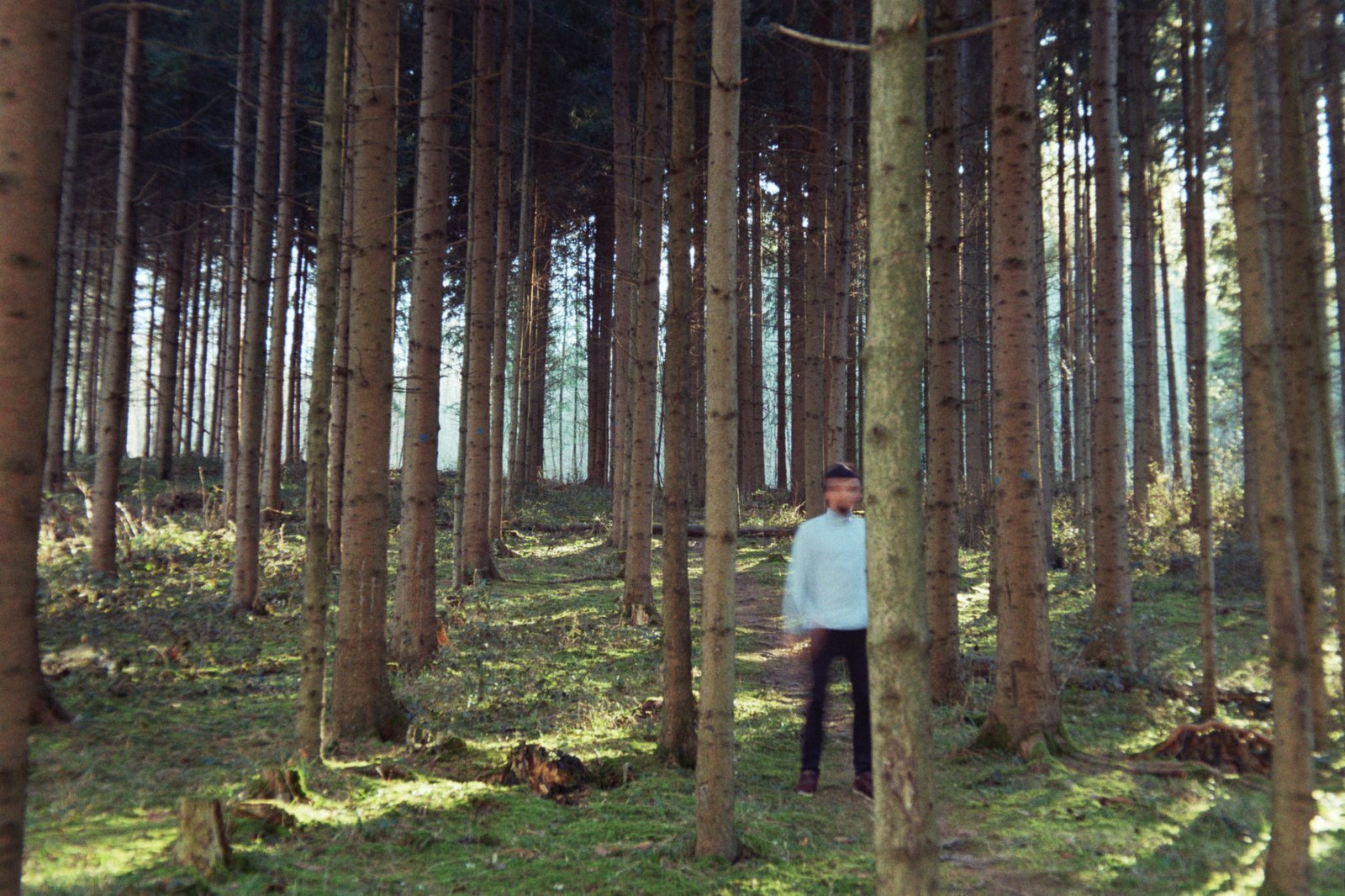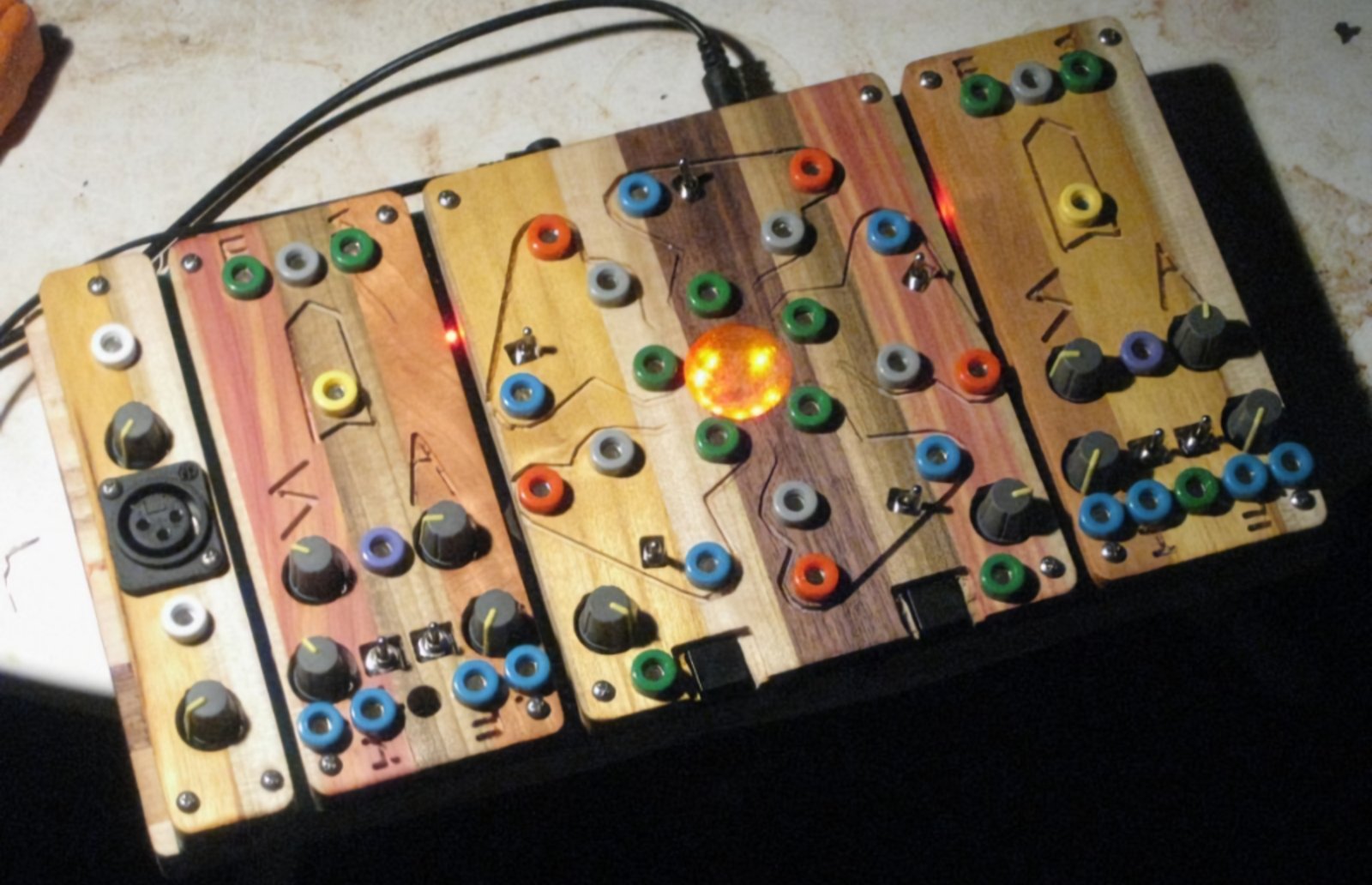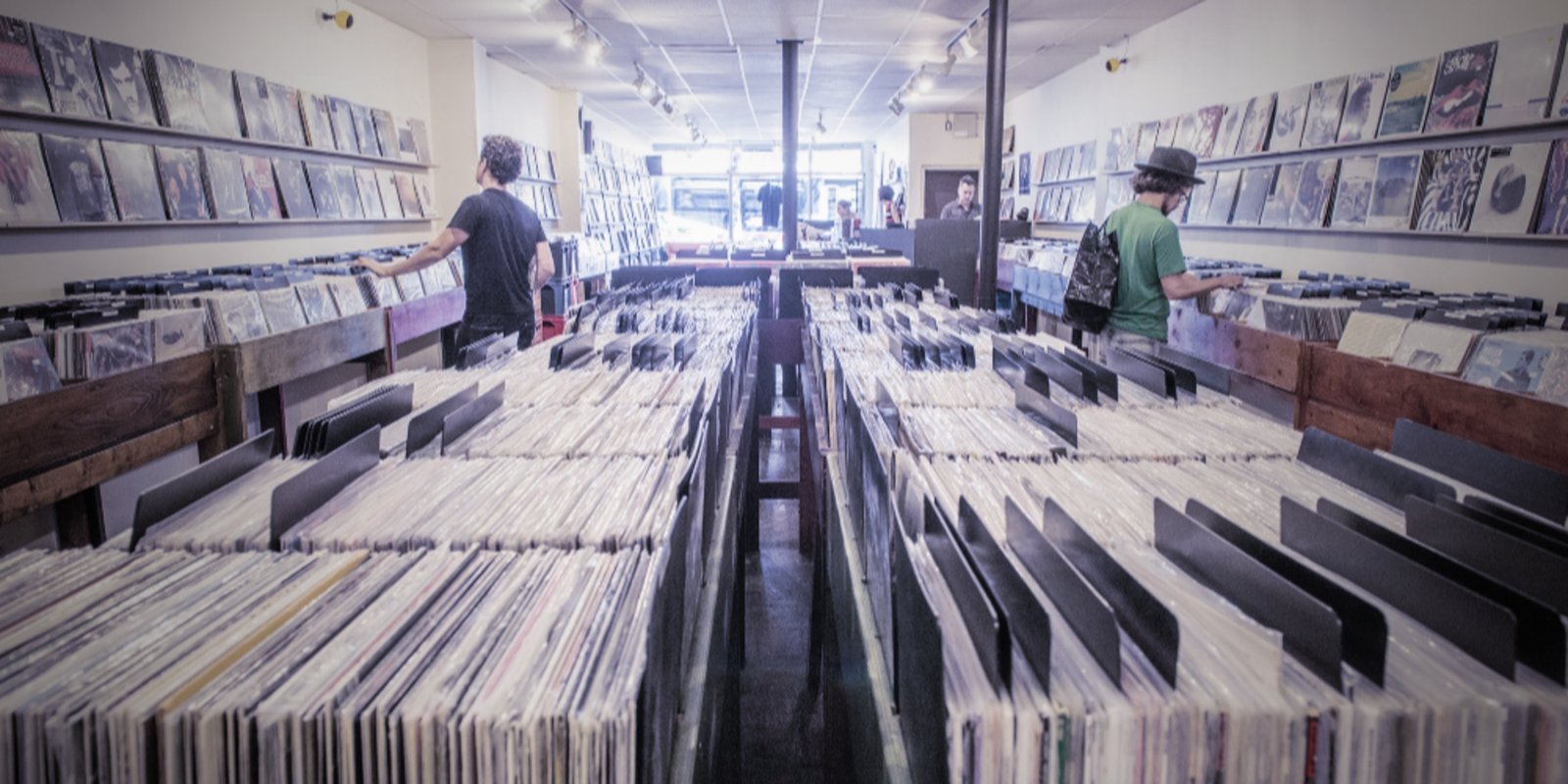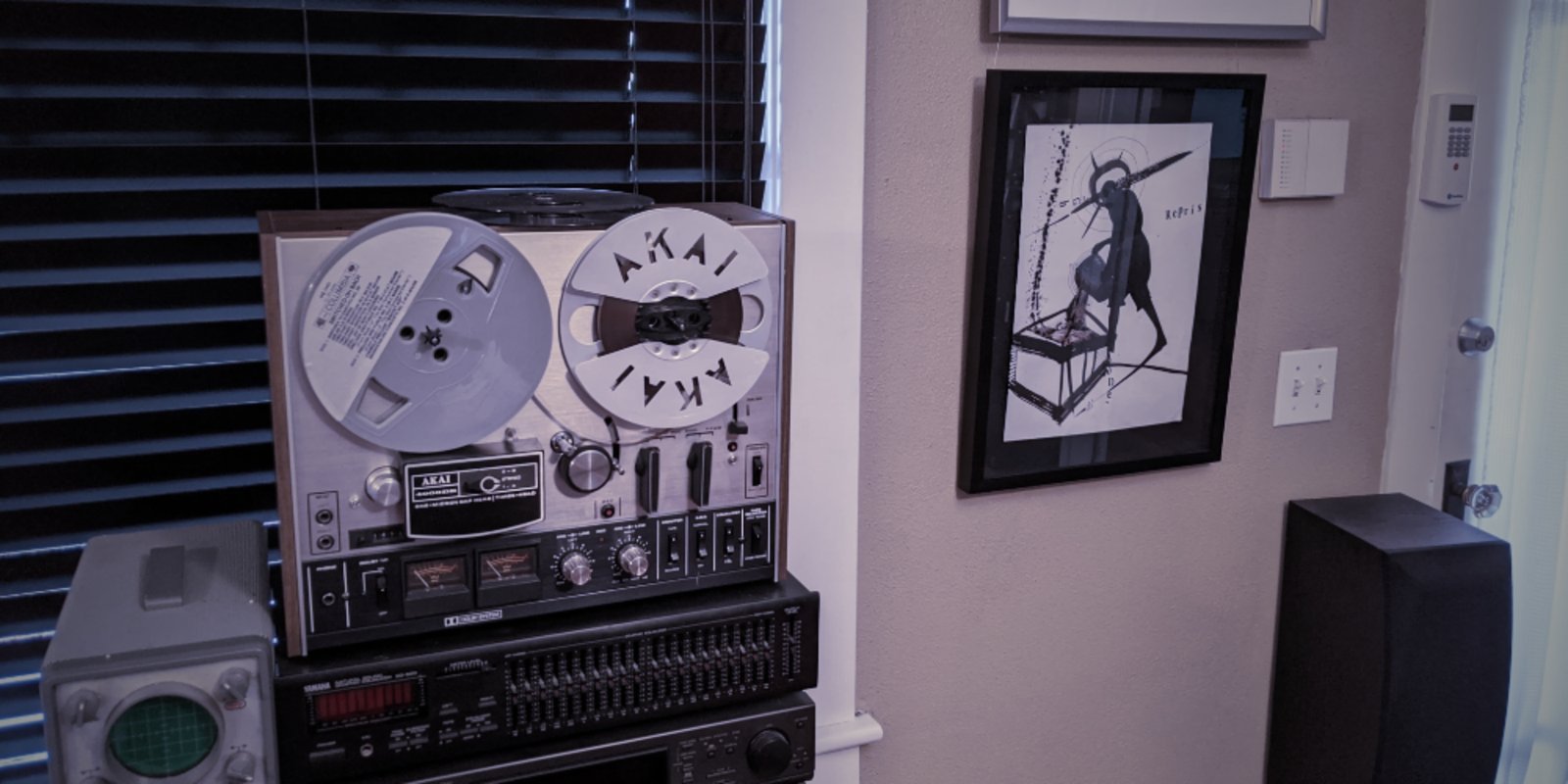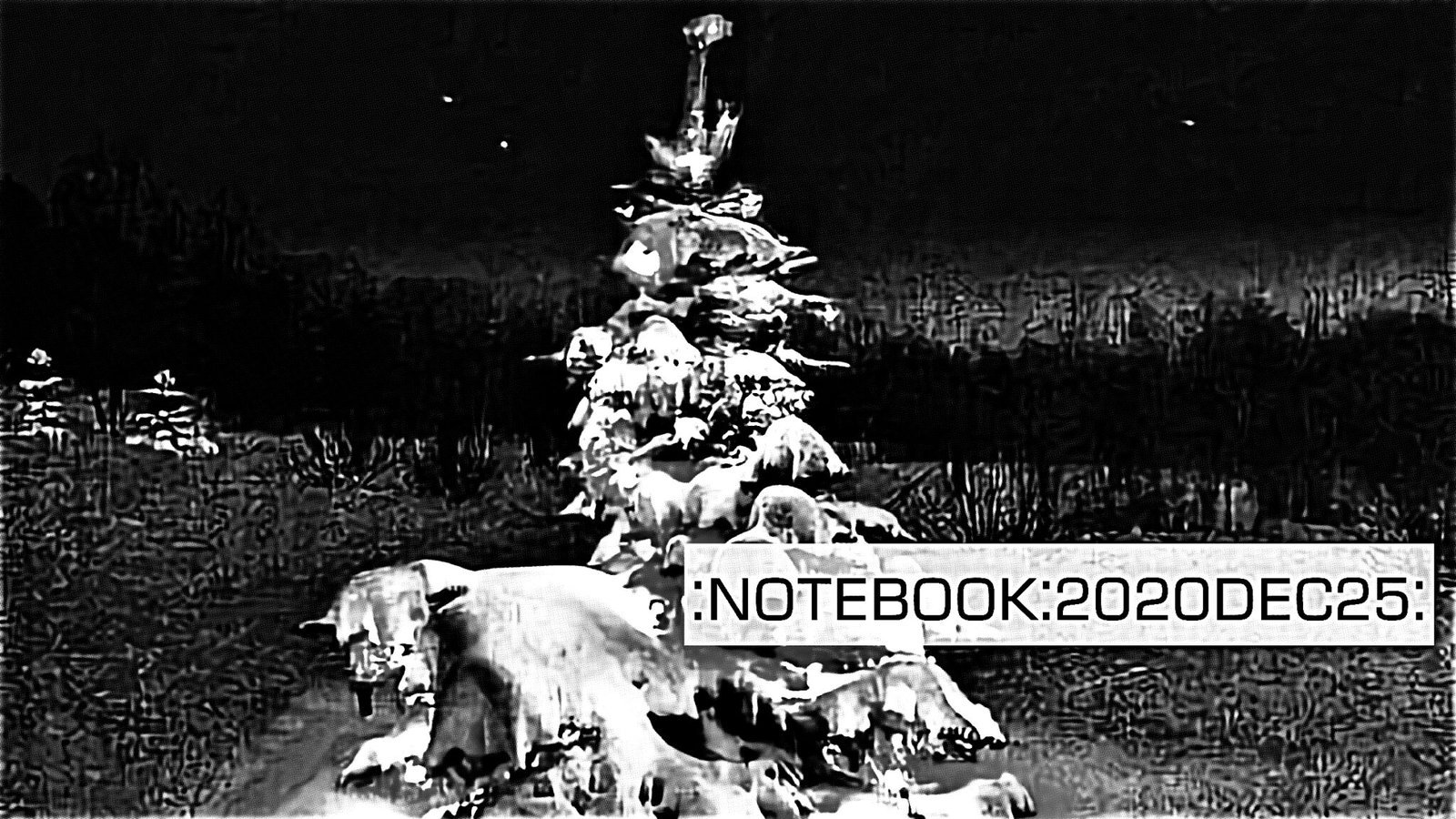
I was obsessed with my Tascam 246 Portastudio. I mowed a bunch of lawns, saved my money, and somehow found the Tascam for sale (cheap!) in the local newspaper. A church was selling it. The Tascam was practically new. I assumed the church bought it to record choirs or whatever and then realized a four-track multitrack recorder was more than what was needed.
I lucked out. At the time (1986), the 246 was the Rolls-Royce of Tascam four-track recorders. It had features like two speeds (you could run the tape faster for better audio quality), pitch control (handy for creative tomfoolery), and an effective dbx noise reduction system. I learned most of what I know about recording from my experiences with that Portastudio. I recorded my punk band, one-off ‘bands’ with various friends, and my solo experimentations. I ended my teenage years by recording almost every day.
I was a fan of albums over songs, so I was always recording with some future ‘album’ in mind. Sometimes I assembled songs into an album, fitting them snuggly on a 60-minute cassette — or a 90-minute cassette if I was feeling proggy. I was always looking for ways to connect songs for these imagined albums, or finding ideas that maintained my interest for the time it took to record a long-player from scratch.
It was on a Halloween — again, probably 1986 — that I walked into a shopping mall and heard Christmas songs. Though we now accept the Christmas season seemingly starting earlier each year, I couldn’t believe what I was hearing. How dare anyone play Christmas music on Halloween? At the very least, someone should ‘spookify’ the songs, giving the holiday standards a ghostly twist.
Light bulb moment — my next album project was born. I called it something like Have a Spooky Christmas, but I don’t know for sure. I don’t remember a lot about it.
There’s a box in my closet with all the original four-track cassette tapes from those years. But I can’t play them without a Tascam 246 — these are one-sided cassettes recorded on four-tracks. They’re at double speed, encoded with the 246’s aggressive dbx noise reduction that rips the sound quality apart when played on anything else.
Maybe someday I’ll hear this (and my other teenage tape experiments) again. But, for now, it sits only in my fractured memory. Chances are it sounds better trapped in nostalgia. In my experience, my music never sounds as good as I remember it. That doesn’t mean a lot of it sounds terrible — just not as good as I think it will.
Here’s what I do remember:
- A version of “Santa Claus Is Coming To Town” turned into a horror soundscape, voices ominously whispering the unaltered lyrics revealing the creepiness of the words: “He sees you when you’re sleeping … he knows when you’re awake …”
- “Jingle Bells” as a funeral dirge. The “laughing all the way” lyric triggered multi-tracked tortured, maniacal cackling.
- “Twelve Days of Christmas” was epic. It was a somewhat straight cover musically, but I substituted the various items (turtle doves, lords-a-leaping, etc.) with sounds from Halloween sound effect records. Thus, “On the first day of Christmas, my true love gave to me: (werewolf howling).” This track was a particular endurance test (just like the real song) as it cycled through all the Halloween sound effects in reverse order as the song went along. This was long before I ever touched a digital sampler, so I have no idea how I technically pulled this off.
- Out of all the tape’s songs I want to hear again, “Silent Night” sticks out. I remember creating all sorts of droning ambient tones and noises as the initial music bed. Then, I plucked out the “Silent Night” melody from memory using an echoed piano-ish Juno-106 patch. I didn’t rehearse and didn’t know the song ahead of time — I figured it out while the tape was recording, one take only. This is my memory talking again, but I recall the song ending up especially spacious, mysterious, and melancholy-sounding. It was my personal favorite on the album.
- I know I recorded two or three other songs. I did a strange version of “Blue Christmas,” but I don’t remember anything about it except that I drearily repeated the song’s opening line throughout.
I filled a 60-minute cassette, dubbed off about ten copies, and gave them to my close friends as Christmas presents. No doubt, confusion and concern for my well-being followed.
Someday I’ll get ahold of a Tascam 246 and go through this box of four-track tapes. Those old Portastudios aren’t cheap nowadays (retro fever — catch it!), so it won’t happen anytime soon. But, when it does, the spooky Christmas album by 17-year old me is the first thing I’ll revisit.
I’d love to follow up this post on a future Christmas day with a stream of this odd early attempt at an album. But only if it sounds at least half as good as it does as I sit here remembering it. No promises.
I hope you’re having a wonderful Christmas day.
